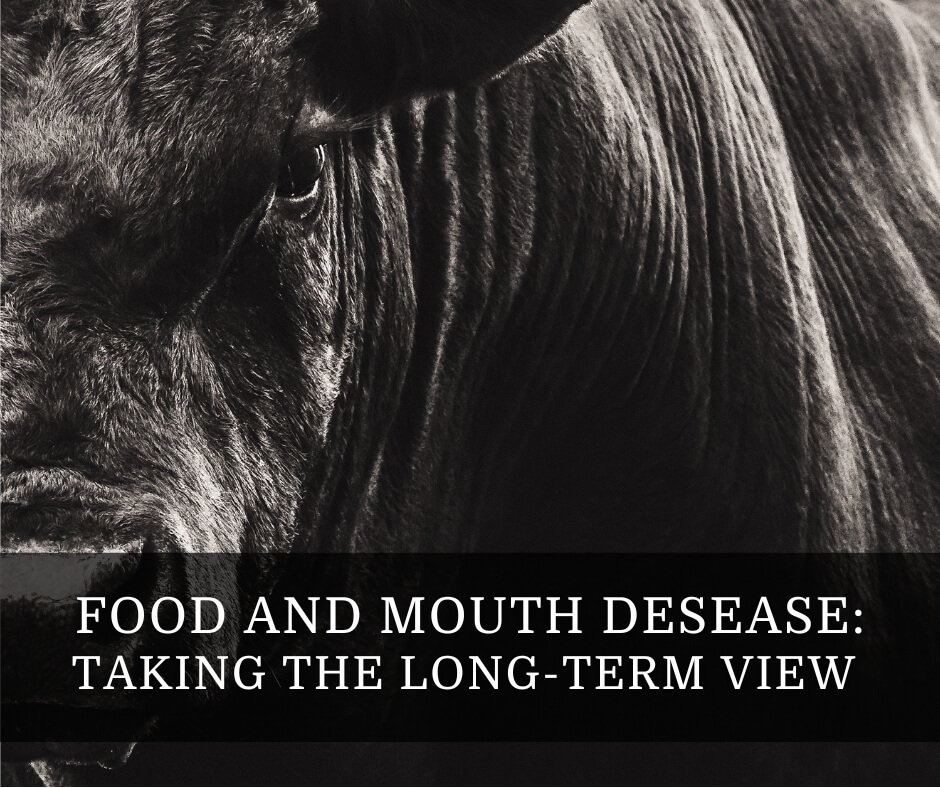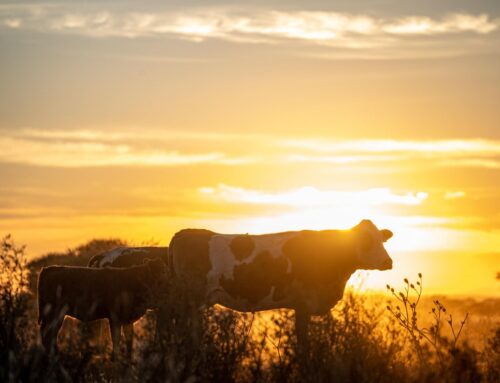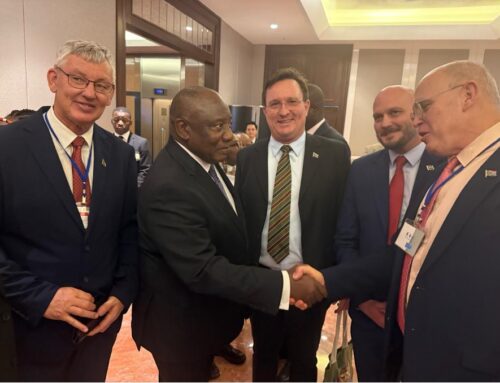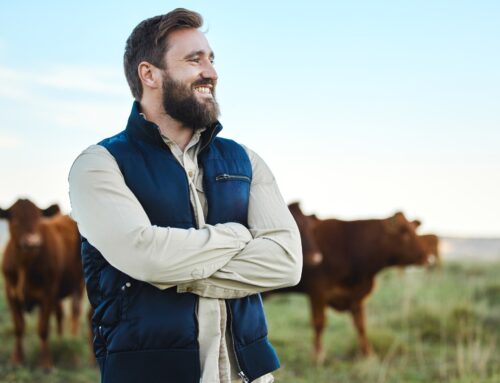South Africa’s Ongoing Battle with Foot and Mouth Disease
More than six years since Foot and Mouth Disease (FMD) first spread beyond the surveillance zone, South Africa is still grappling with its devastating impact. The disease has infiltrated commercial cattle herds and feedlots, and successive outbreaks have eroded years of progress.
The uncontrolled movement of infected cattle – often driven by financial pressures or a lack of awareness – remains the single biggest factor keeping the virus alive. Many farmers make short-term sales to meet urgent cash flow needs, but these immediate decisions come at a heavy long-term cost: the continued spread of FMD, trade restrictions, and serious financial and reputational damage to South Africa’s livestock and agricultural export markets.
If this pattern continues, the industry risks entrenching the disease indefinitely.
The Economic Impact of FMD: Beyond Beef
FMD outbreaks ripple across the entire agricultural economy. Trade bans imposed by international markets affect not only beef exports, but also wool, dairy, and wildlife industries. These disruptions cost billions of rands, limit foreign investment, and threaten livelihoods in rural communities.
South Africa’s reputation as a reliable agricultural exporter is at stake, and rebuilding global confidence will take time, trust, and a coordinated response.
Signs of Progress: Unity in the Face of Crisis
Amid the challenges, there are encouraging signs. The agricultural sector has shown unprecedented collaboration across the beef, dairy, and wool value chains, working closely with government veterinary services.
The establishment of joint industry–government operational centres and task teams demonstrates that a shared vision is possible. As the African proverb says:
“If you want to go fast, go alone. If you want to go far, go together.”
However, cooperation must translate into decisive, sustained action – especially in two key areas: vaccination and movement control.
Vaccination and PPPs: Building Capacity Through Collaboration
Government and industry have made real progress through the FMD vaccination programme, supported by R72 million in public funding. Approximately 550,000 doses have been administered in hotspot areas – a vital step in controlling the virus.
But to unlock the full potential of vaccination, public–private partnerships (PPPs) are essential. Investment in local vaccine production, animal health diagnostics, and rapid FMD testing will strengthen capacity and reduce delays in identifying infected animals.
Such partnerships can also help develop real-time movement testing, limiting the spread of the virus through informed, traceable cattle movement.
Learning from Brazil: A Model for Movement Control
Brazil’s successful eradication of FMD offers valuable lessons. Through a multi-decade strategy combining mass vaccination, strict animal traceability, and movement permits (Guia de Trânsito Animal – GTA), Brazil achieved WOAH recognition as FMD-free without vaccination in 2024.
The key takeaway: movement control does not halt trade – it makes it safer, transparent, and compliant. South Africa can adopt similar permit-based systems to ensure accountability, while zoning high-risk areas and gradually building surveillance capacity.
Revising FMD classification protocols (i.e. distinguishing between vaccination and infection results) could further improve market access and buyer confidence.
Tough Decisions for Long-Term Security
At Beefmaster Group, we have implemented strict biosecurity measures, reinforced compliance protocols, and reassessed supplier relationships to minimise FMD risk. These actions have financial costs, from constrained supply to limited production, but they are necessary to protect the integrity of our operations and the broader industry.
The message is clear: short-term sacrifice is vital for long-term sustainability. Every stakeholder in the livestock value chain must prioritise responsible practices to safeguard the future of South Africa’s agricultural economy.
A Collective Path Forward
The fight against Foot and Mouth Disease requires persistence, transparency, and a unified national effort. Collaboration between farmers, feedlot operators, processors, and government agencies is the only way to contain and ultimately eradicate FMD.
The beef industry is a cornerstone of South Africa’s food security and export potential. Protecting it means taking the long-term view – together.






